Search Images
Browse Content (p. 1474)
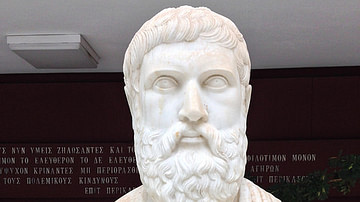
Image
Miltiades
Bust of Miltiades on display in the Athens War Museum.
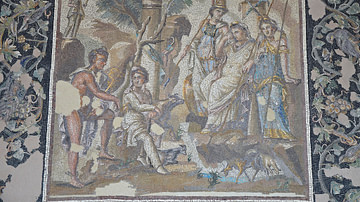
Image
The Judgement of Paris Mosaic
Mosaic depicting the Judgement of Paris, one of the preliminaries in the Trojan War story. The mosaic, dating to the second century CE, adorned a dining room in the house of a wealthy Roman in Antioch on the Orontes (modern-day Southeastern...
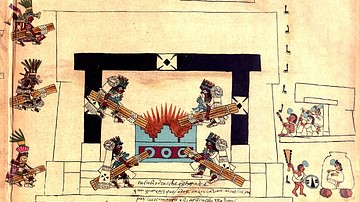
Image
Aztec New Fire Ceremony
The lighting of fires during the Aztec New Fire Ceremony of 1507, a ritual held every 52 years to ensure the continuation of the Sun. The priests carry fire bundles and wear turquoise masks in imitation of the fire god Xiuhtecuhtli, as do...
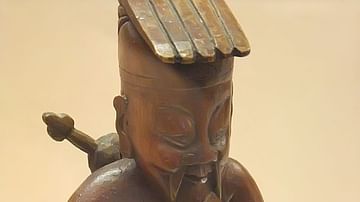
Image
Lu Dongbin
A wooden figurine of the Chinese scholar and philospher Lu Dongbin. He was elevated to immortal status by followers of Daoism. Lu Dongbin lived in the 9th century CE during the Tang Dynasty. (Field Museum, Chicago)
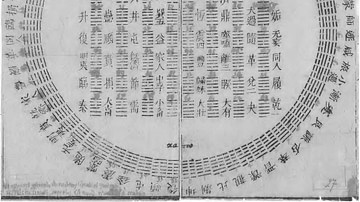
Image
I-Ching Hexagrams
A page illustrating the various hexagrams used with the I-Ching (c. 1150-1250 BCE), or Book of Changes. This book is still available today providing a reader with interpretations for certain hexagrams which tell the future. (1701 CE, Leibniz...
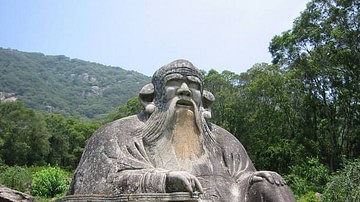
Image
Lao-Tzu
A monumental statue at Mt. Qingyuan of Lao-Tzu, the Chinese philosopher who lived c. 500 BCE and who is credited with founding Daoism (Taosim).
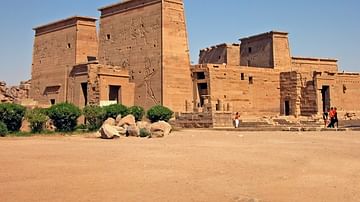
Image
Philae Temple, Aswan
The Philae Temple, dedicated to the goddess Isis, Aswan, Egypt. c. 380-362 BCE.

Image
Detail, Step Pyramid of Djoser
A detail of the brickwork of the Step Pyramid of Djoser at Saqqara, Egypt. Constructed by the architect Imhotep c. 2670-2650 BCE during the reign of Djoser for that king's burial tomb.
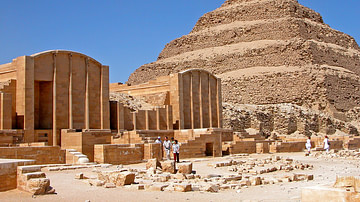
Image
Step Pyramid Complex at Saqqara
A view of the chapels and Step Pyramid at Saqqara, Egypt. Constructed by the architect Imhotep c. 2670-2650 BCE during the reign of Djoser for that king's burial tomb.
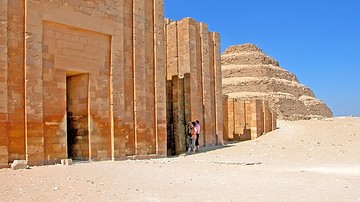
Image
Step Pyramid at Saqqara
A view of the chapels and Step Pyramid at Saqqara, Egypt. Constructed by the architect Imhotep c. 2670-2650 BCE during the reign of Djoser for that king's burial tomb.